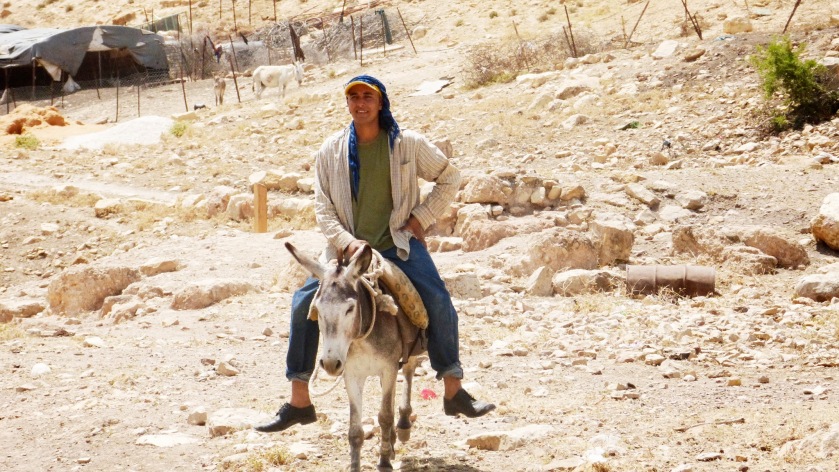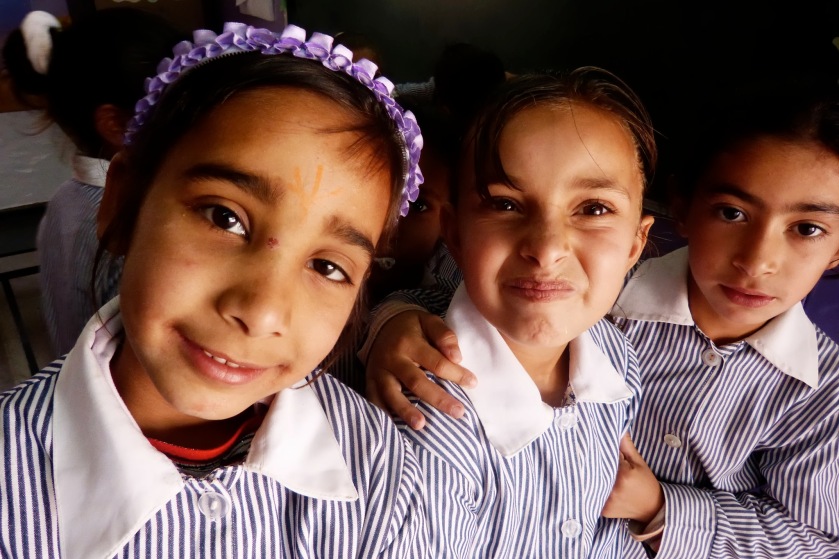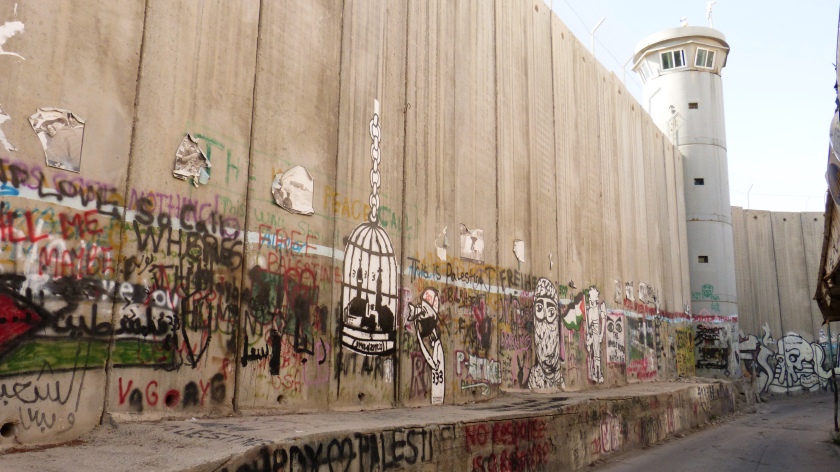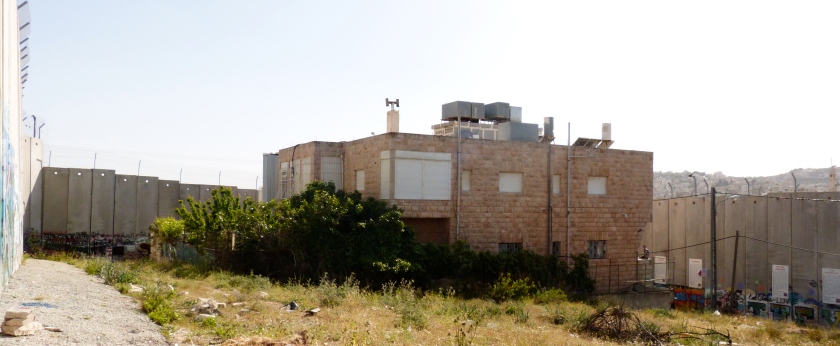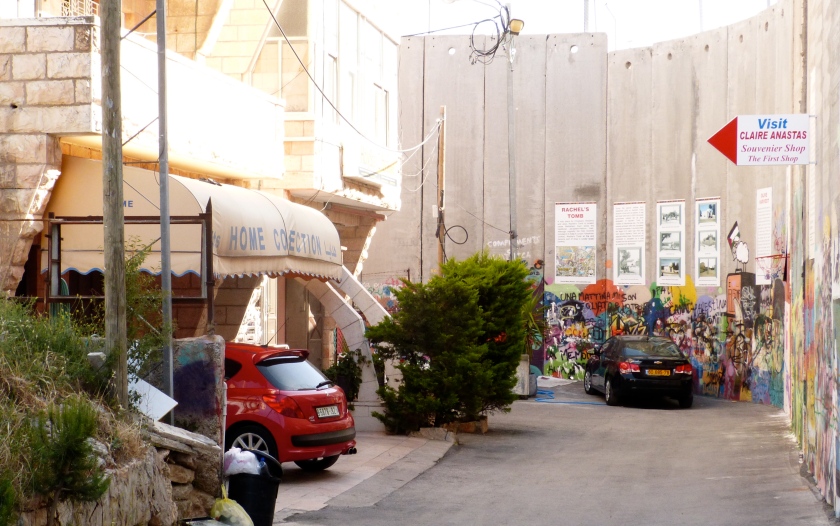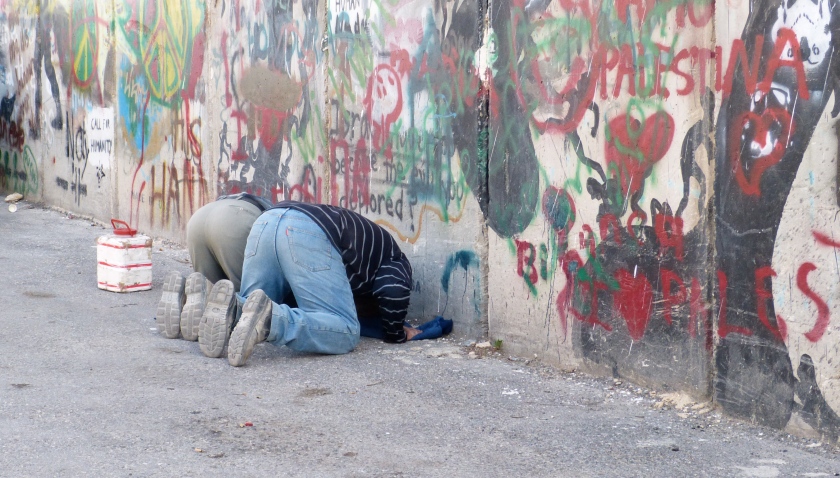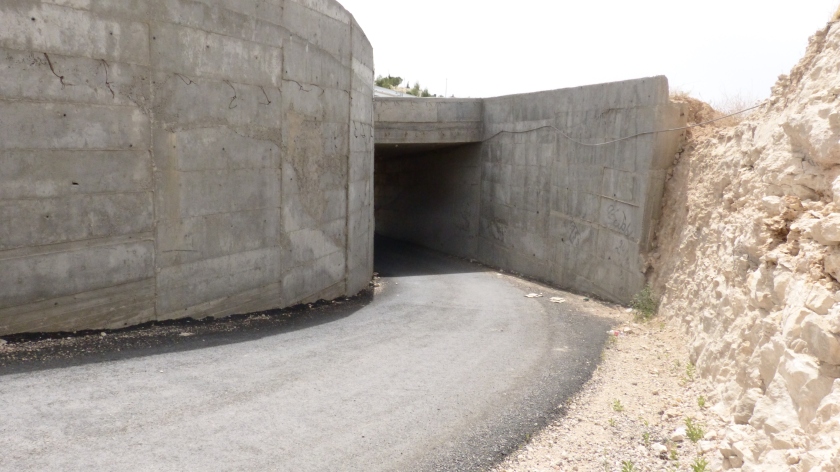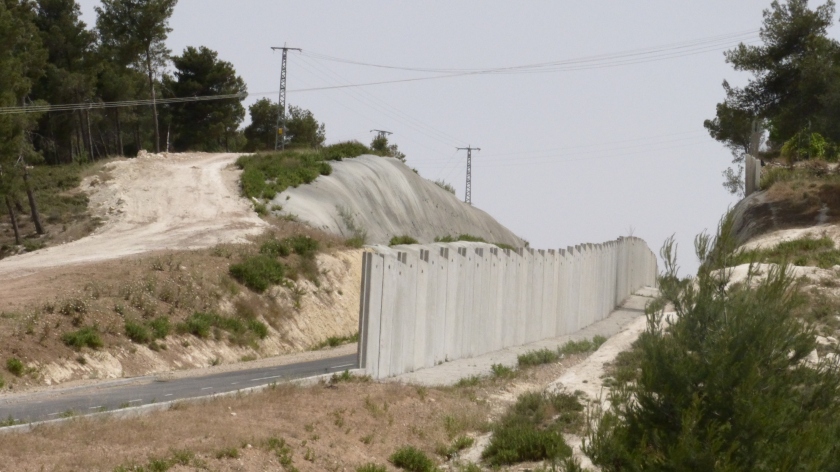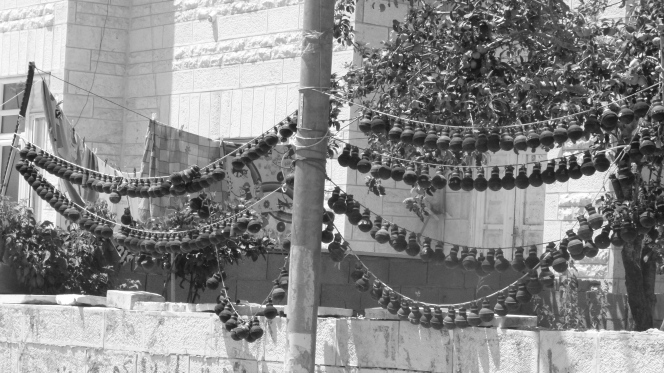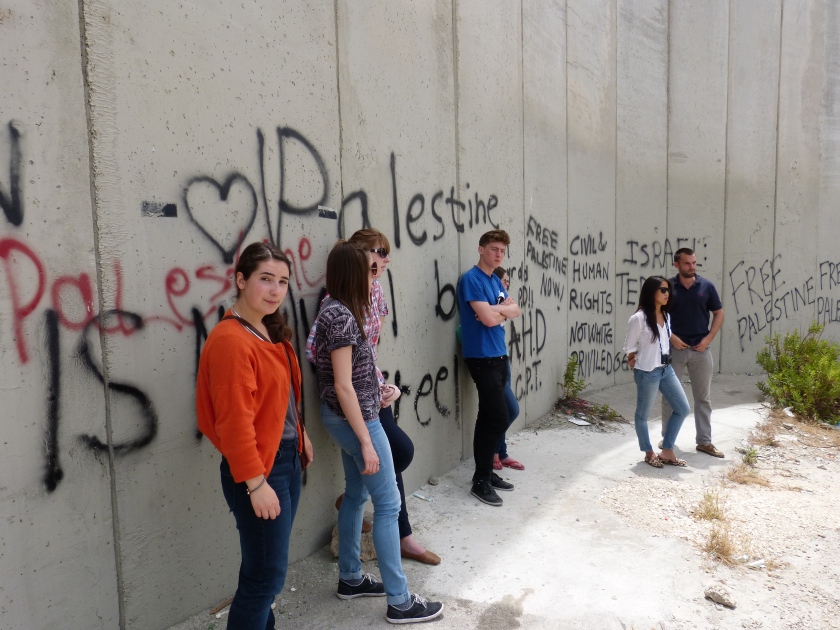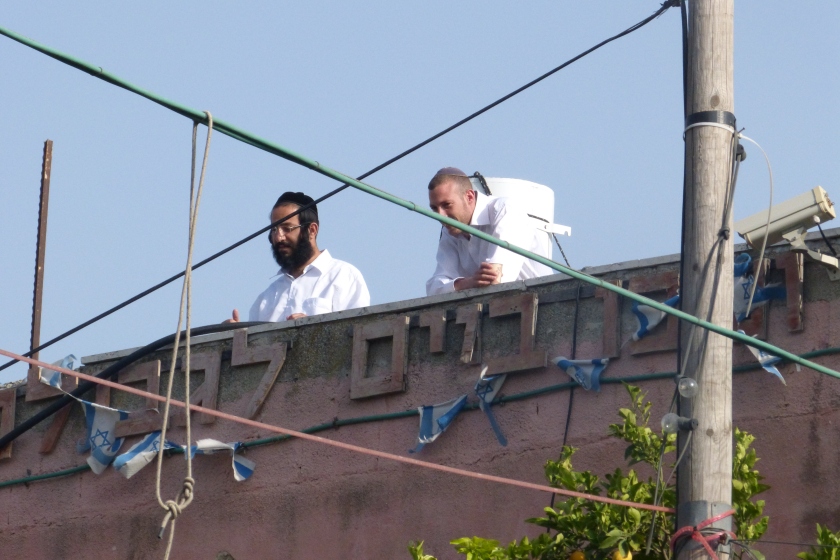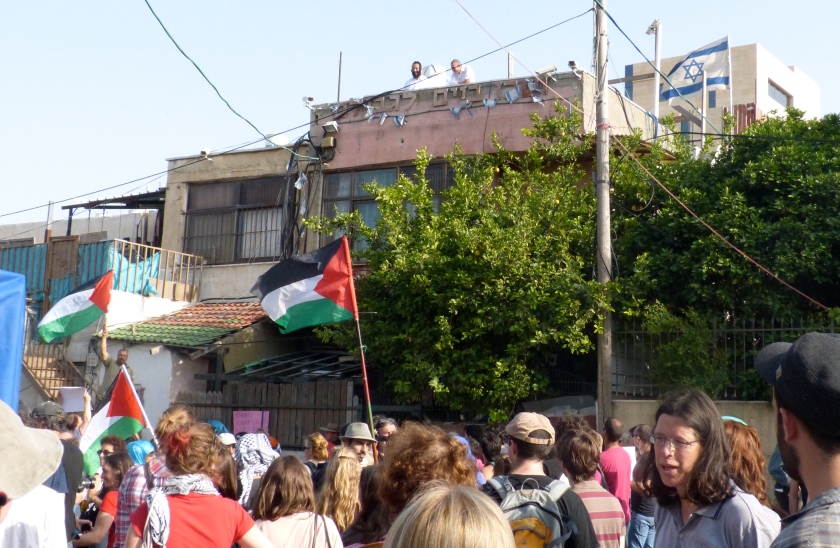Following the 1967 war when Israel invaded the West Bank, Gaza, Sinai and Golan Heights, Yigal Allon an Israeli politician developed a plan to annex a large part of the occupied territory including: the Jordan Valley and the area east and south of Jerusalem to the Dead Sea. This plan would have divided the Palestinian territory into three non contiguous areas. This plan was never formally adopted by the state of Israel.
During the Oslo peace process the West Bank was divided up into Areas A, B and C. In Area C the Israeli military have complete control and jurisdiction. In Area A the Palestinian Authority has civil and judicial control in Area B they have civil control. Life in Area C is very difficult for Palestinians who do not receive basic services as they are beyond the control of the Palestinian Authority. They are denied permission to build houses, schools or hospitals. Their homes are demolished and businesses destroyed. They are denied access to their farmland. Israeli settlements have been constructed on this land, which expropriate valuable natural resources including water and land. The message from Israel is clear: Palestinians are not welcome here.
Although the Allon Plan was never formally adopted by comparing the two maps above we can see that the desired outcome has been achieved. The Palestinian population is being driven into small densely populated islands, creating a Bantustan state similar to apartheid South Africa. Palestinian control exists within three non contiguous areas: Gaza, Hebron area and Nablus, Ramallah area. When I arrived in Palestine I was asked ‘you know about Areas A, B and C right?’ I didn’t, but throughout my time there I came to understand the importance of this division and the hardships faced by Palestinians living in Area C.
Life in Area C
Palestinians living in Area C live under extremely difficult circumstances: they are denied access to basic infrastructure such as electricity, water and transportation, their right of movement is severely restricted, they do not have permission to build on their land and their homes are frequently demolished. Nearby live Israeli settlers in illegal settlements provided with full access to modern infrastructure.
During my three months in Palestine I took a tour of the Jordan Valley with Ma’an development centre, where I saw how the methods of house demolitions, restriction of movement and denial of access to basic infrastructure, are being employed by the Israeli military in Area C to cleanse the land of Palestinians. The Jordan Valley is very fertile agricultural land, which is abundant in underground water sources. It is a very valuable asset to the Israeli economy as it is where much of the Israeli agricultural exports are grown. For Israel’s security it is also an important region as it is the border between the occupied territory and Jordan.
Whilst in the Jordan Valley we visited a small Bedouin settlement which had within the past week been subject to a demolition order. We were welcomed by the people living there and offered mint tea and sat under the shade with one of the Bedouin’s and spoke with him about life in the Jordan Valley.
‘What would make you life better?’ we asked him.
‘Access to water and electricity’, he replied.
Water is a contentious issue in the Jordan Valley, although in abundant supply it is not equally shared amongst the people who live there.
“A majority of Palestinian villages and communities consume a mere 15-30 litres of water per person per day, while the average Israeli settler in the Jordan Valley uses 487 litres per day. In fact, the 11,679 settlers in the Jordan Valley collectively use as much water as the over 750,000 Palestinians in the entire West Bank.” Source: Ma’an Development Centre publication ‘Uprooted Livelihoods: Palestinian villages and herding communities in the Jordan Valley’
We also visited a school which had been successfully built by Ma’an Development Centre in spite of the restrictions on construction. The children at this school are fortunate to be receiving an education but their prospects still do not look good. Their families are poor and they will soon be expected to start working. For many of them the only work available will be in a nearby settlement, providing low cost labour on the large agricultural farms which stretch across the Jordan Valley.
On my final day in Palestine I went on a tour of the south Hebron hills with Breaking the Silence. Breaking the Silence are an organisation of veteran Israeli soldiers who have served since the start of the Second Intifada, they have come together to speak out about their service and reveal to the Israeli public the role of the military in the occupied territory. The south Hebron hills are the southernmost part of the West Bank.
On our tour of the south Hebron hills we visited the village of Susiya and arrived just as the Israeli soldiers were leaving after having delivered 25 demolition orders. As the villagers do not have permission to build on their land they live in tents, but even these will be destroyed by the Israeli military. The residents of Susiya were once cave dwellers but, in 1986 they were expelled from their homes by the Israeli authorities after nearby archeological ruins were declared a national archeological park. Over the past decade the residents of Susiya have been successful in building ties with sympathetic Israelis and internationals to increase awareness of their struggle to resist expulsion by the Israeli authorities. This network is working to support them to continue to live on the land. For example, a German NGO have given the residents of Susiya solar panels which provide them with electricity.
Those who remain in Susiya, and other villages in Area C, understand the importance of continuing to live on the land as resistance to the Israeli occupation. However, their lives are a constant struggle and when visiting these places and hearing their stories one is forced to ask: how much longer can they live like this? Many Palestinians have been unable to resist and have been forced to abandon their lives in Area C and relocate to one of the densely populated Palestinian urban centres.
As the short film reveals the forced expulsion of Palestinians is not only happening in the occupied territory but is also occurring within Israel proper. Understanding that the Israeli colonisation of historic Palestine is an ongoing process which is continuing today in both Israel proper and the occupied territory is essential to understanding the reality of the situation. The conflict is not religious or ethnic, it is about the colonisation of a piece of land and the denial of the rights of its indigenous population. A story that by now we should be familiar with. By comparing the Allon Plan and the division of the West Bank under the Oslo peace process we can also see that this has been a deliberate process perpetrated by the Israeli state.


